Empowering displaced children through education
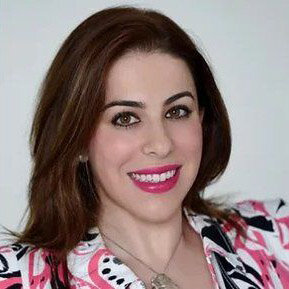
Education is a powerful tool that can transform the lives of displaced and disenfranchised children, offering them hope and a pathway to a better future. We at Amal Alliance, a 501(c)(3) nonprofit based in New York City, have developed an impactful approach to education that can be applied by other organizations seeking to make a difference in the lives of vulnerable children. By identifying the needs of the communities they aim to serve and embracing technology, our organization has helped empower individuals around the world to become teachers and provide quality education to children in need. And by forging partnerships within the community, creating inclusive and nurturing environments, and continually learning and adapting, we are refining and replicating our approach.
Here are five considerations for building a successful model:
1. Identify the need
Identifying the needs of the communities you’re endeavoring to help is not always as easy as it may seem. In the case of Amal Alliance, we were certain of the need for children to have a safe and nurturing environment in which to learn. With that understanding, it quickly became clear that we first had to overcome the hurdle of finding—or, in our case, training—teachers who were qualified to provide such an environment and with the skills to teach children with specialized needs. By properly identifying the need, we were able to create a prepackaged, ready-to-use program that could essentially make anyone a teacher.
In addition, understanding the cultural context allowed us to create a customized approach to training that enabled us to serve children with specific needs arising from trauma. The program we created, Colors of Kindness, is adaptable, low-cost, and scalable even in hard-to-reach contexts. We created a digital workbook and audio podcasts for teachers that can be accessed on or offline.
2. Embrace technology
By now it’s clear that the COVID-19 pandemic led to an innovative use of technology across nearly all sectors. In our case, it spurred our approach to addressing the needs of displaced and disenfranchised children on a global scale. We use technology to engage in remote training through self-paced learning modules. Instruction takes place weekly, with audio podcast guides and dedicated audio guides to listen to prior to class. None of this would have been possible had we not embraced technology to address our core mission.
So, think about how the technology you use in your daily life could be leveraged for your initiatives. Could something you take for granted, such as the ability to listen to and learn from your favorite podcast, be applied in your work? Would a weekly pre-recorded message be helpful, or could you reach people effectively and efficiently through a video conference rather than in person? It just may take a shift in perspective and letting go of apprehensions to take a different approach to problem solving.
3. Forge partnerships within the community
To maximize your program’s reach and effectiveness, it is essential to forge partnerships within the communities you aim to serve. Collaborate with local organizations, schools, and community leaders to gain a deeper understanding of the specific challenges faced by those you wish to serve, and in what context.
We know that displaced and disenfranchised children often face unique challenges that require specialized support. So, it is critical that we work in close collaboration with the community to tailor our program in a way that allows teachers to address the unique needs of their students and ensure that cultural sensitivity is kept at the forefront and we’re fostering a sense of ownership and sustainability. By working with key community leaders, you can help ease otherwise problematic issues such as program adoption and long-term viability. You may have an ideal solution, but it can only be helpful if it is embraced by the community you are endeavoring to serve.
4. Create an inclusive and nurturing environment
As a global program that serves children who often carry the weight of traumatic experiences, nothing is more important than creating spaces that foster inclusion. The particulars may be different, but everyone involved needs to feel safe to express themselves. Inclusion is of paramount importance as it ensures equal opportunities and access to resources for individuals from diverse backgrounds and promotes social cohesion, empathy, and a sense of belonging. In fact, research has shown that inclusive environments lead to higher levels of academic achievement, improved mental health, and reduced instances of discrimination and prejudice. Moreover, inclusive practices positively impact society by fostering understanding, respect, and cooperation among individuals of different abilities, cultures, and identities.
5. Learn and adapt
At Amal Alliance, we have witnessed numerous success stories, with teachers and partners sharing their experiences of positively impacting the lives of displaced and disenfranchised children in their communities. We’ve also learned from early mistakes and adapted our approach to address them. Our program continues to grow and evolve with the help of strong relationships with our teachers and other volunteers.
It’s important to take the time to ask questions, share surveys, or use other methods that will help you gain a true assessment of how your program is working and where it can be improved. Be sure to identify the unique contexts in which your approach was successful and seek to put systems in place to replicate that success. By drawing inspiration from these stories, you can further enhance your training program's effectiveness and create a profound impact on the lives of the communities you serve.
As a result of applying these principles 276,000 children spanning 175 countries have used our program. And, by continuing to adapt, improve, and replicate successful approaches we are currently scaling our program across all national schools in Greece over the next three years. By sharing our approach and insights, I aim to shed light on what happens when we invest in improving children’s lives. As adults, they will be able to find more meaningful employment in the future and become fully contributing members of society. Ultimately, the ripple effect of our collective efforts can enhance the development and economy of communities worldwide.
Danielle De La Fuente is founder and executive director of Amal Alliance.


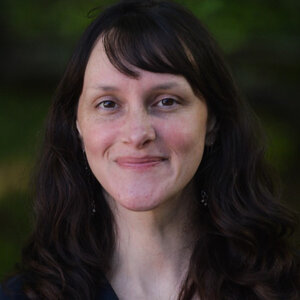
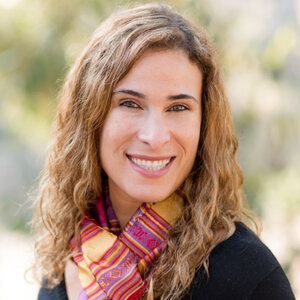
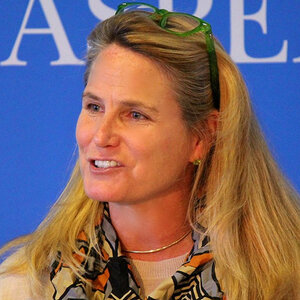
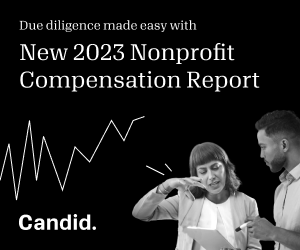


How educating women can create a ripple effect of greater good